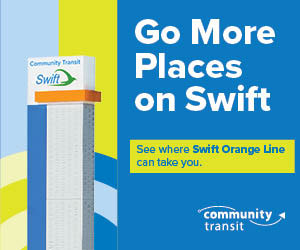Delivery via Unmanned Aircraft Systems (UAS), or more commonly referred to as drones, are a step closer with new Federal Aviation Administration (FAA) rules that recently took effect. The new FAA drone rules allows for “small drones to fly over people and at night under certain conditions,” but also addresses some security concerns by requiring the majority of drones in US airspace to have remote identification technology.
Companies are taking off to take advantage of the new FAA drone rules, with the first hot coffee delivery reported in the US on May 4, but the use of delivery drones are not new. Amazon.com Inc. first announced Prime Air back in 2013 and several companies began testing various drone concepts in the following years. Including Prime Air, there are currently only three FAA-sanctioned drone delivery operators: the other two being Alphabet Inc.’s Wing and United Parcel Service Inc.
That list will likely grow, as one of Walmart’s partnered companies, Flytrex—which has been operating under a limited waiver—recently applied for FAA approval. Kroger announced on May 3 that it will begin a pilot drone delivery service using Drone Express near their headquarters in Cincinnati, Ohio. Kroger initially began testing with Wing in 2019 after partnering with Walgreens. Even the Girl Scouts are aiming to put their cookies in the sky.
These are still limited programs, however, so there are still a few years before drone delivery becomes more widespread. The industry also still needs to address concerns over reliability, weather limitations, insurance, security, privacy, and the potential loss of thousands of delivery jobs. That being said, the FAA has taken steps for increased security with remote ID.
According to the FAA, “remote ID will provide information about drones in flight, such as the identity, location, and altitude of the drone and its control station or take-off location. Authorized individuals from public safety organizations may request [the] identity of the drone’s owner from the FAA.” Drone manufacturers will have 18 months to comply with the new ruling and operators will have an additional year to provide remote ID.
So while this means casual drone operators will also need to adhere to the remote ID rulings, it shouldn’t be difficult to integrate. Drone owners are already required to register the use of any drone over 0.55 lbs (8.8 ounces or 250 grams). The registration cost of $5 will cover all of an operator’s drones for 3 years. Operators must then place their FAA ID number on the exterior of their drone and have proof of registration on them while operating. While those are the only requirements for now, there is a knowledge test for recreational fliers in the works.
Most of the rules for casual drones operators are arguably common sense: keep your drone in sight; don’t fly near airports or aircraft, in restricted airspace, or over emergency response efforts; don’t fly under the influence. Some other things to note are that drones may only operate at or under 400 feet and cannot be flown at National Parks.
Drones are also not permitted at Snohomish County Parks either, according to Park Code 22.16.080. This prohibits “any radio/remote controlled or self propelled model airplane, glider, car, boat or any model rocket within a county park except in areas specifically designated by the parks division and posted for such use.” The county website continues with: “At this time, there are no designated areas.”










